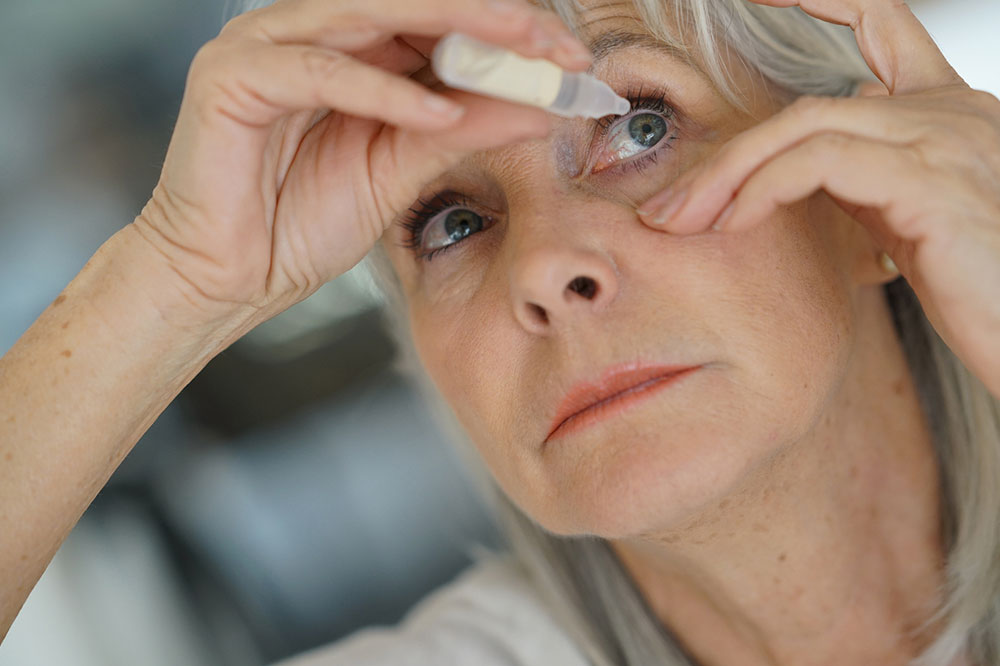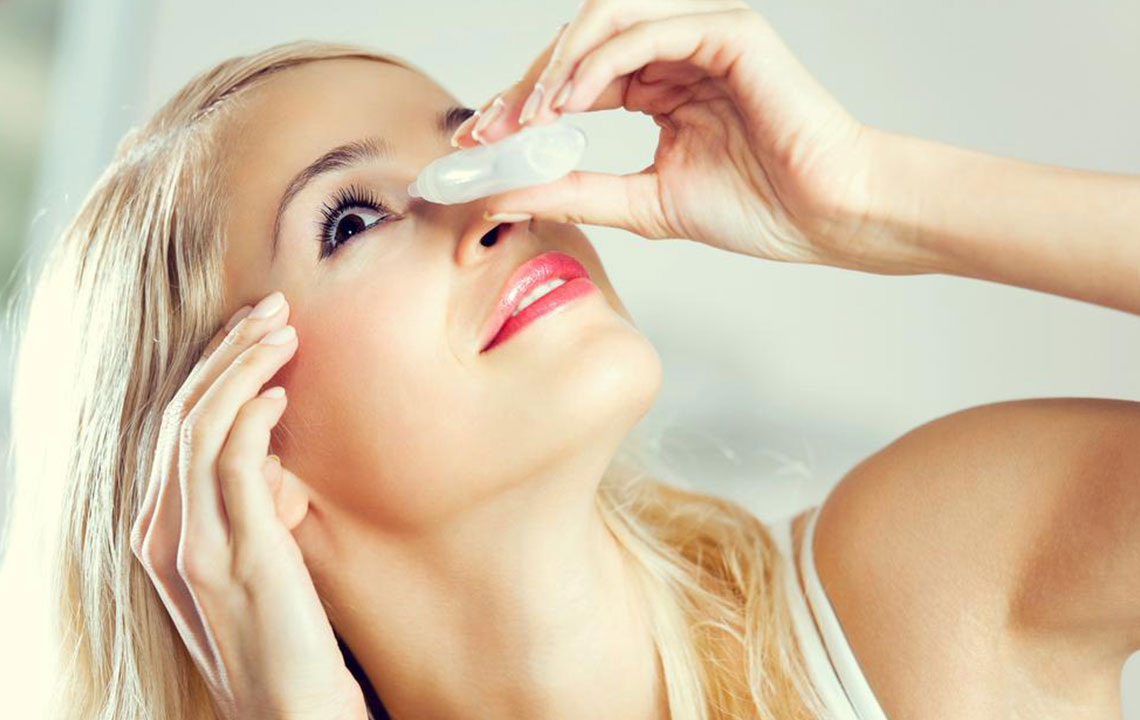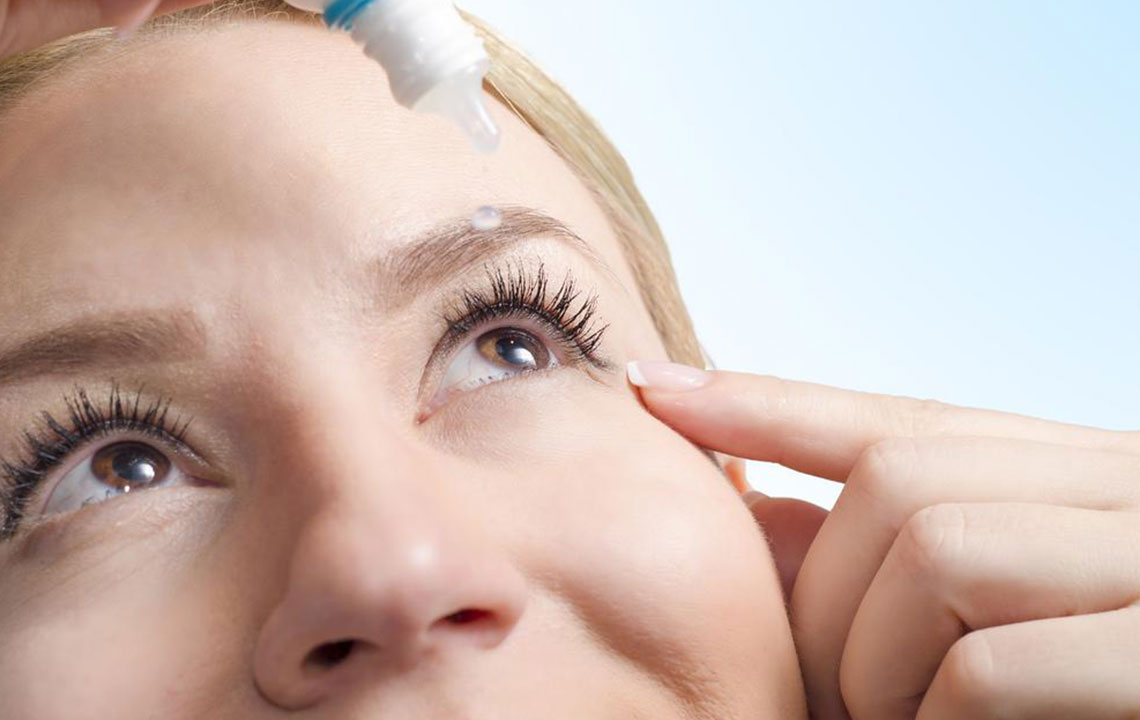Comprehensive Guide to Dry Eyes: Causes, Symptoms, and Effective Treatment Strategies
Dry eyes can significantly impact daily life, caused by reduced tear production or quality. This comprehensive guide explores causes, symptoms, and effective treatment options such as artificial tears and lifestyle changes, emphasizing the importance of early diagnosis and tailored management for optimal eye health.

Understanding Dry Eyes: A Complete Overview of Causes, Symptoms, and Remedies
Dry eyes are a common ocular condition characterized by insufficient lubrication of the eyes, which can significantly affect daily comfort and vision quality. This condition arises primarily when the eyes do not produce enough tears or when the tears evaporate too quickly, leading to irritation and various discomforts. Tears play a pivotal role in maintaining eye health by providing moisture, removing debris, and delivering nutrients to the corneal surface. When this delicate balance is disrupted, individuals experience a range of symptoms that can interfere with their normal routines.
The causes of dry eyes are multifaceted, including environmental factors such as dry air, wind, and exposure to screens; age-related changes which reduce tear production; and medical conditions like blepharitis, rheumatoid arthritis, and Sjögren's syndrome. Certain lifestyle choices, such as prolonged screen time, contact lens use, and smoking, can exacerbate dryness. Additionally, specific medications—including antihistamines, antidepressants, and blood pressure drugs—may suppress tear production, worsening the issue.
Symptoms of dry eyes can be subtle or severe, often overlapping with other eye problems. Common signs include a persistent burning sensation, itching, redness, and a feeling of grittiness or a foreign body sensation in the eyes. Visual disturbances, such as blurred vision, may also occur, particularly after reading or working on screens. Interestingly, paradoxically, some individuals experiencing dry eyes develop excessive tearing, as the eyes reflexively produce tears to compensate for dryness, which can lead to watery eyes—a confusing but characteristic feature of this condition.
Proper diagnosis is essential to identify underlying causes and tailor an effective treatment plan. Eye care professionals may perform tests like the Schirmer test, tear breakup time test (TBUT), or staining procedures to evaluate tear production and quality. Once diagnosed, there are numerous treatments available to alleviate symptoms and prevent complications.
Artificial tears are the cornerstone of dry eye management, providing lubrication and relief. These eye drops come in various formulations, from preservative-free options for sensitive eyes to thicker gels and ointments for overnight use. In addition to artificial tears, lifestyle modifications can play a crucial role: maintaining optimal indoor humidity, avoiding direct airflow from fans or air conditioners, taking regular breaks from digital screens, and staying hydrated can all contribute to better eye health.
Advanced medical treatments include prescription medications like cyclosporine eye drops (Restasis) that enhance tear production, and lifitegrast, which reduces ocular inflammation. For more severe cases, procedures such as tear duct plugs can help conserve natural tears, and newer therapies like intense pulsed light (IPL) therapy have shown promising results in managing dry eye symptoms caused by meibomian gland dysfunction.
Prevention and management require a holistic approach, combining proper eye care, environmental adjustments, and medical interventions. Understanding the underlying causes and early detection can significantly improve quality of life by reducing discomfort and safeguarding vision. If you experience persistent dry eye symptoms, consulting with an eye care specialist is highly recommended for personalized care.





